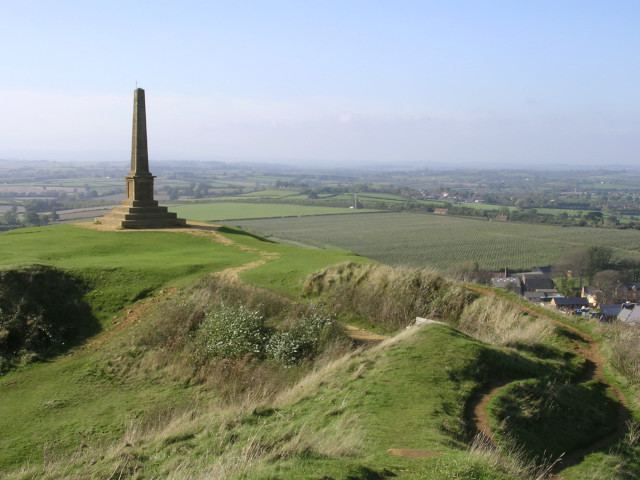 | ||
The Yeovil Scarplands are a natural region in southern England in the counties of Somerset and Dorset.
The region is listed as National Character Area 140 by Natural England, the UK Government's advisor on the natural environment. It covers 78,579 hectares (303.40 sq mi) and runs from Chard in the southwest to Chesterblade and Upton Noble in the northeast. The town of Yeovil lies roughly in the centre of the area. To the west are the Blackdowns and the Vale of Taunton and Quantock Fringes, to the north are the Mid Somerset Hills and the Mendips, to the east are the Blackmoor Vale and Vale of Wardour and to the south, the Marshwood and Powerstock Vales and Dorset Downs.
With a predominantly rural landscape, Yeovil and other urban areas occupying less than 5% of the area, about 85% is farmed and the remainder predominantly pastoral. The area is drained by several rivers including: River Axe, River Brue, River Cary, River Isle, River Parrett, River Yeo and the Whitelake River.
The area includes Neolithic hill forts, remains of Roman villas and many listed buildings. The area also includes 9477 ha of the Area of Outstanding Natural Beauty.
Designated Areas and Listed Buildings
The NCA includes some or all of:
